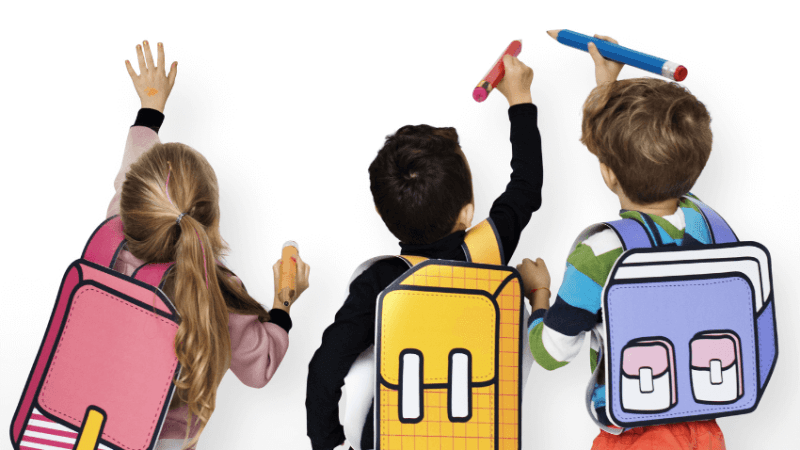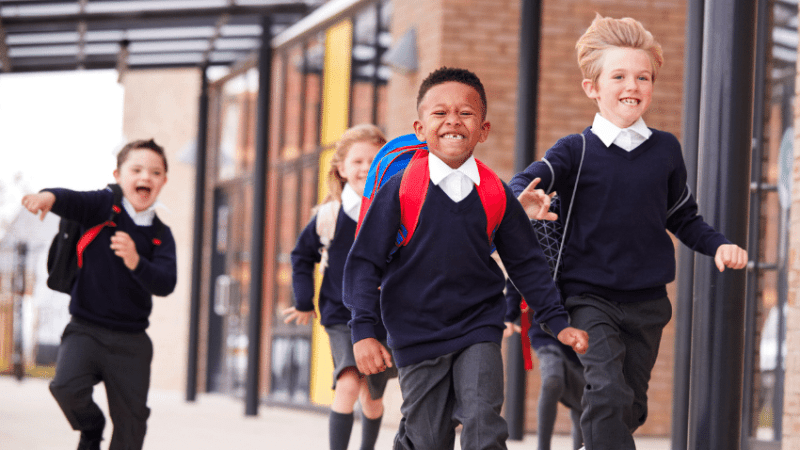KS2 writing – try this trick for proofreading and redrafting

Keep the editing process neat and tidy with tracing paper overlays…

Do your children struggle with proofreading their work? Once they’ve finished a piece of writing, do they hate redrafting it? This used to be a battle for some of my pupils until I discovered the power of tracing paper.
I was forever trying to find ways to motivate children in the editing process and now I’ve found the Holy Grail! By using tracing paper to refine their written work, my class now enjoys proofreading, and editing is no longer so painful.
Such a simple idea; easily implemented and it packs a powerful punch.
Importance of revising and editing
To begin with, we discuss the importance of the editing and revising process and I show the class a video of Austin’s Butterfly.
This demonstrates to the children the impact and power of helpful critique and having multiple drafts. With time, focused targets and some guidance, pupils are also able to achieve much greater results within their writing.
Adding notes
After completing a piece of writing, ask pupils to tape tracing paper on top of their work along the left-hand side. There are two ways that the tracing paper can be used.
One is for the children reread their work and add asterisks to their working page – all additional sentences, words, paragraphs can be added onto the tracing paper – this way their writing page still looks neat.
Composition and effect KS2
Another way pupils can use the tracing paper is to identify certain features of composition. Give the children a list of specific targets you want to see in their writing.
Trending
They can then create a key, and using the tracing paper, they underline and highlight in different colours when they identify the feature in their work. I find it gets them excited when they spot a target – it also forces them to edit their writing so they can tick it off.
The purpose of editing
By encouraging the children to use this method of editing, you can empower them and make them fully engaged in the proofreading and redrafting process.
Pupils will then know that they can add or change sections without ruining or having to rewrite their work. They will therefore see a purpose to editing, and can physically see how their work has been improved.
Progress!
As well as tracing paper, my children often ask for editing slips within the lesson. We tape these small strips of paper into the margin, and they allow the children to add extra information to their work without it looking messy.
This process has now become second nature to them, and they’ve shown huge progress since September. Simple, yet hugely effective!
Elena Bezoari is a Year 6 teacher with a passion for creative teaching ideas.











